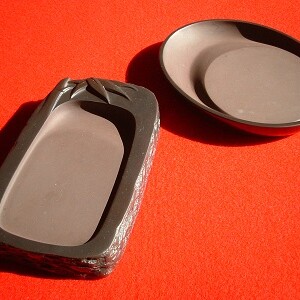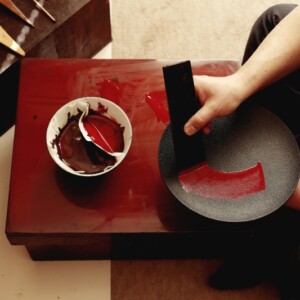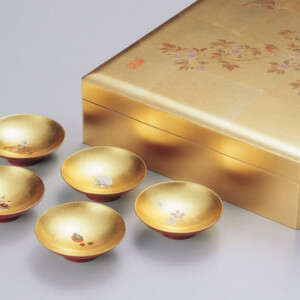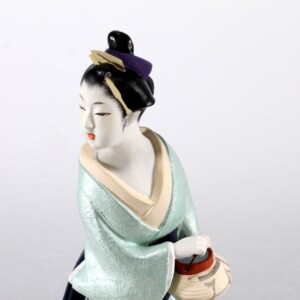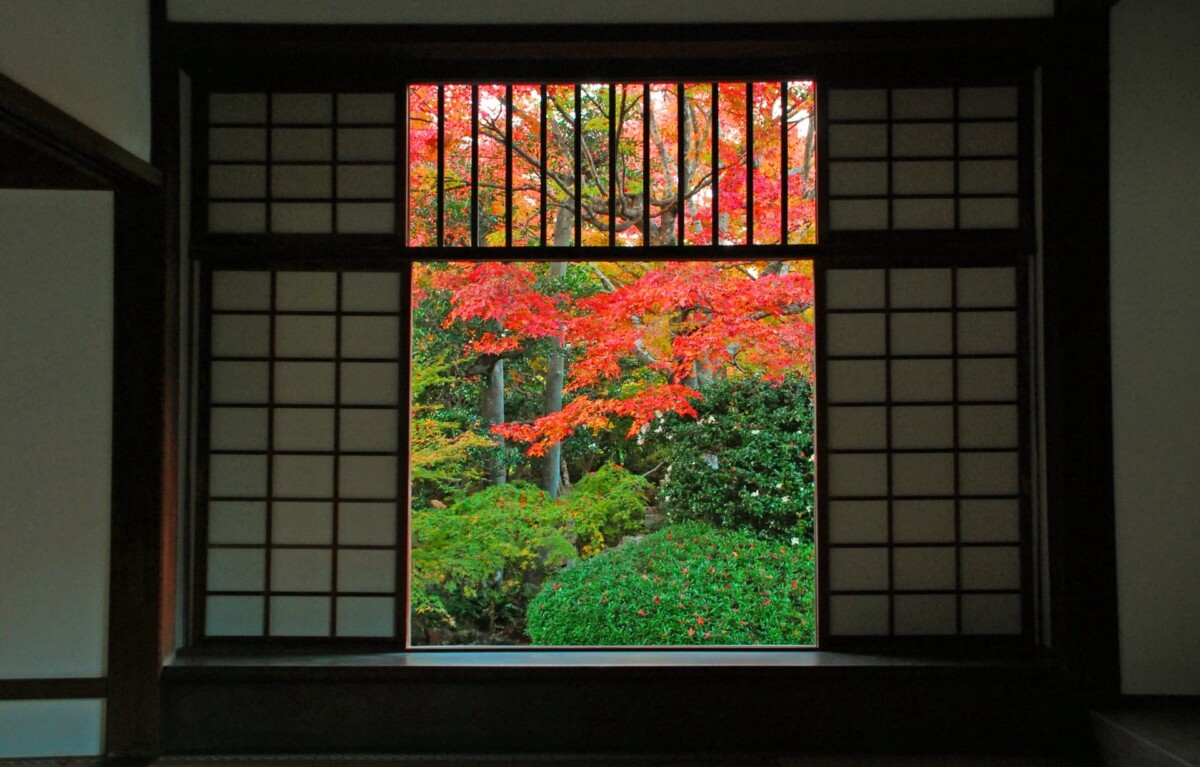
The history of washi, about 1,400 years of it, explained in an easy-to-understand manner! Development and Various Uses
Washi is a traditional Japanese craft with a history of about 1,400 years. It spread from China to Japan and is now used for wallpaper, interior decoration, and even tatami mats.
If you deepen your basic knowledge about washi, you will find it more attractive. Therefore, this article explains the history, present, and future utilization of washi in an easy-to-understand manner. We hope you will find it useful.
Let’s look at the history of washi in chronological order.
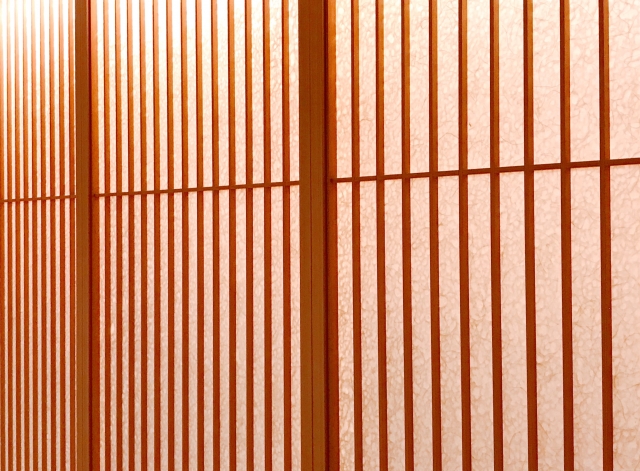
We have compiled a timeline of the approximately 1,400-year history of washi.
| Chronology | Event |
| Around 105 years
Invention of paper |
Paper, the original source of Japanese paper, is said to have been invented in China around the 2nd century BC.
Cai Lun, a Chinese official, used hemp rags and tree bark to make practical paper. |
| 610 (Asuka Period)
Spread to Japan Development into washi paper |
Paper was introduced to Japan in 610.
It is said that Dongchang, a monk of the Koguryo Dynasty, introduced the papermaking method and ink. Originally made from hemp, washi was developed using plants (kouzo and gampi) with improvements unique to Japan. |
| 702 (Nara Period)
The oldest paper in Japan |
The oldest existing paper in Japan is Mino washi, which is kept in the Shosoin Repository in Nara Prefecture. |
| 794 – 1185 (Heian Period)
The spread of washi by aristocratic society |
In the Heian period, Japanese paper was widely used among the aristocracy.
Washi was mainly used for writing books, letters, kaishi (Japanese wrapping paper), and scrolls. Washi was also used in the well-known works “The Pillow Book” and “The Tale of Genji”. Paper was so valuable in those days that used paper was recycled, called “Koshi no Shoki-gaeshi” (old paper returned from the landfill). |
| 1185 – 1333 (Kamakura period)
[Diversification of washi by samurai society |
Washi was greatly developed from the Heian period, when it was used as a written record, and came to be used for a variety of purposes in the culture of the townspeople.
Examples include shoji screens, folding screens, fusuma (sliding doors), table cloth, fans, paper garments, umbrellas, and paper cloth. |
| 1868-1912 (Meiji Era)
Washi production declines. |
In the Meiji Era, Japan rapidly adopted European culture.
Along with a period of rapid economic growth, demand for washi became low and was replaced by western paper. |
| 1989-present | In 2009, Ishu-hanji was registered as a UNESCO Intangible Cultural Heritage, and in 2014, Ishu-hanji was expanded to include Honmino-gami, Hosokawa-gami, and “Washi: Japanese handmade (tezuki) washi techniques” were registered as a UNESCO Intangible Cultural Heritage.
The distinctive feature of these three papers is that they all use only “kozo” (paper mulberry) as the raw material. |
Reference source: Japan Paper Association | Paper This and That | History of Paper | Invention of Paper
Reference source: About Mino Washi|Ministry of Foreign Affairs of Japan
Reference source: Changes in washi and its future
The Present and Future of Washi
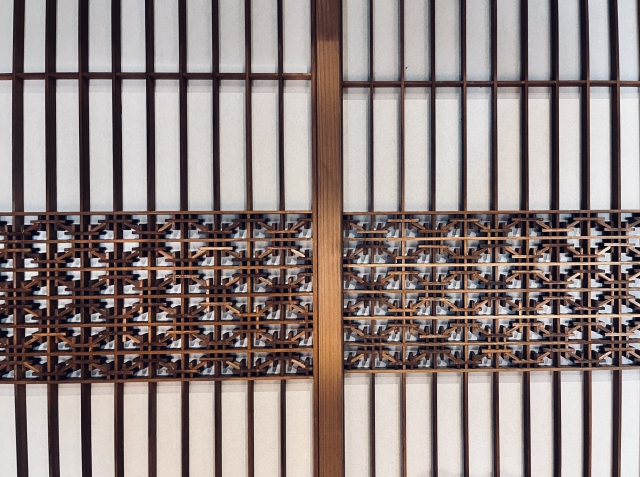
Now that we have studied the history of washi, let us look at its current status and future possibilities.
Current Status of Washi
According to the ” Data on Local Specialty Crops (Craft Crops, Medicinal Crops and Raw Materials for Washi, etc.) ” published by the Japan Specialty Agricultural Products Association, the production of kouzo, mitsumata, and tororo aoi, the raw materials for washi, has been decreasing.
The respective production amounts are as follows.
| Year | Production amount (tons) | ||
| Kozo | Mitsumata | Tororo aoi | |
| 2001 | 111 | 563 | 61 |
| 2006 | 102 | 314 | 20 |
| 2011 | 103 | 34 | 29 |
| 2016 | 30 | 29 | 19 |
| 2021 | 39 | 12 | 14 |
*Values for kouzo and mitsuba are from the black skin conversion meter.
Reference source: “Data on Local Specialty Crops (Craft Crops, Medicinal Crops and Raw Materials for Japanese Paper, etc.),” Japan Specialty Agricultural Products Association
Compared to 2001, all three types of crops have decreased drastically. The main causes are a decrease in demand and a lack of bearers.
In order to protect washi as a traditional craft, the Ministry of Culture has established the “Executive Committee for the Project of Connecting Washi to the Future.
The main activities include cultivation and research of raw materials for washi (such as mitsumata), paper milling, and shoji paper papering.
The committee is engaged in activities to promote knowledge of washi, to convey the appeal of washi, and to find the bearers of washi, whose number has been decreasing dramatically.
New Possibilities for Washi
Washi is often associated with shoji screens and fusuma sliding doors, but in recent years it has been used in a wide variety of places.
Examples include masking tape, interior materials for hotels and restaurants, shoes, and space suits. Washi is also attracting attention in the field of art, both in Japan and abroad, and artists in various fields such as calligraphy, ukiyoe, and contemporary art are also using washi.
Washi, which has many uses, is also characterized by its environmental friendliness. The raw materials for washi, kouzo and mitsumata, sprout immediately after harvesting. Also, compared to ordinary paper, it requires much less water and chemicals during production.
Thus, since washi is environmentally friendly and has long-lasting characteristics, it can contribute to the Sustainable Development Goals (SDGs) if it is utilized and promoted in more situations.
Conclusion
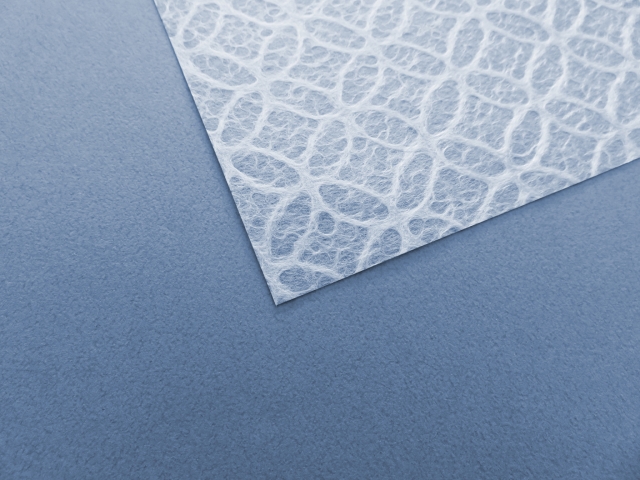
Washi has a long history of about 1,400 years. Although demand has decreased compared to its peak, in recent years it has been used in various places such as masking tape and space suits.
Since it is an important traditional Japanese craft, its long history of about 1,400 years must not be allowed to die out.
This article briefly introduces the history of washi, and we hope that it will make you aware of the appeal of washi.




